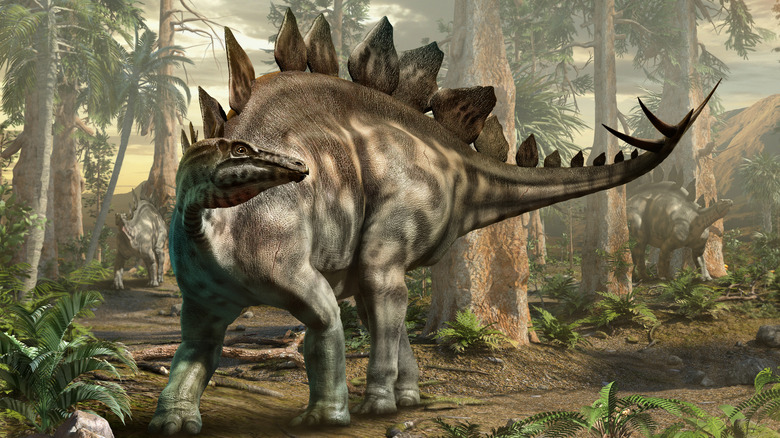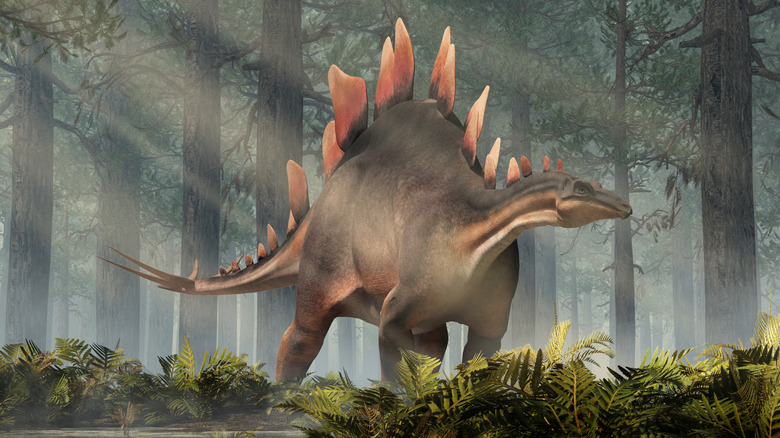
In 1677, Robert Plot discovered the first known dinosaur bone, though humans likely stumbled upon such relics for millennia without understanding their significance. At the time, such a discovery was baffling. Without the knowledge of dinosaurs, Plot speculated that the large bone belonged to a massive proto-human or an elephant-like species. Since then, numerous fossils have been unearthed, greatly expanding our understanding of these ancient creatures. Today, we have identified and named approximately 700 dinosaur species, but given the incomplete fossil record, there are undoubtedly many more awaiting discovery.
For those who experienced a dinosaur fascination during childhood, only a select few species truly captured their imagination. Leading the list was undoubtedly the Tyrannosaurus Rex, although most kids could easily recognize a Triceratops, Velociraptor, or Stegosaurus. While the Stegosaurus lacked the terrifying appeal of the T. Rex’s colossal jaws, its distinctive appearance ensured its place as one of the most iconic dinosaurs. The most memorable feature of the Stegosaurus was the series of bony plates along its back and tail. Even young paleontology enthusiasts might not have known the actual name of these plates. Fortunately, the term is straightforward and not scientifically complex.
The Real Name of Stegosaurus Plates

While the Stegosaurus may not have possessed the fearsome allure of predators like the T. Rex or Velociraptor, this relatively peaceful herbivore from the Late Jurassic era boasted a unique appearance, solidifying its status as a well-known dinosaur species. With its spiked tail and distinctive back plates, the Stegosaurus was unlike any other dinosaur. The species’ name, “Stegosaurus,” translates to “roof lizard.” This name was coined by Yale paleontologist Othniel Charles Marsh in 1877 after fossils discovered by Arthur Lakes. Marsh believed the plates lay flat on the dinosaur’s back, much like a roof.
Today, scientists suggest that these plates pointed upwards rather than lying flat. Rather than being attached directly to the backbone, they were embedded within the skin, arranged in two rows along the Stegosaurus’ back and tail. These plates, known as “scutes,” have puzzled scientists regarding their purpose. While many have long believed they offered protection against larger predators, the scutes’ thinness and presence of blood vessels cast doubt on their defensive function. Some experts propose that they assisted in species recognition or temperature regulation. Regardless of their exact purpose, the scutes undeniably contributed to the Stegosaurus’ distinctive and memorable appearance.






